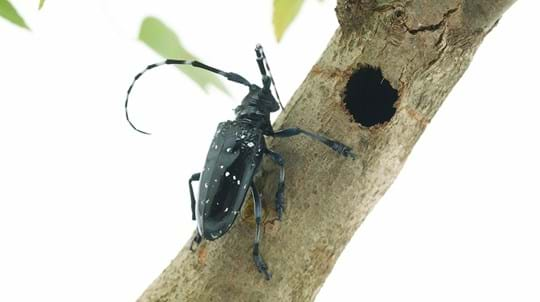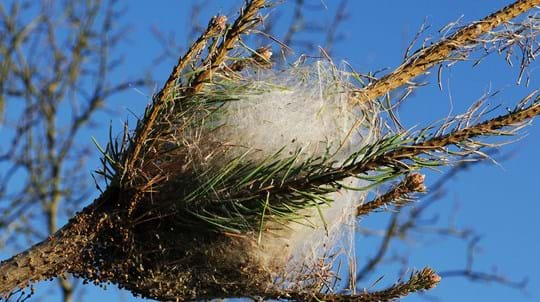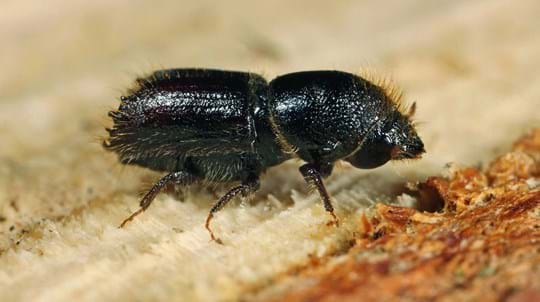
Credit: Winston Fraser / Alamy Stock Photo
What happens to the tree?
Elm bark beetles breed in the bark of cut, diseased or otherwise weakened elm trees then disperse to healthy elm trees where they feed. As they feed, the spores of O. novo-ulmi are introduced into the xylem (channels for water and nutrients) of the healthy tree, releasing toxins and causing the vessels to block and the tree to wilt and die.









